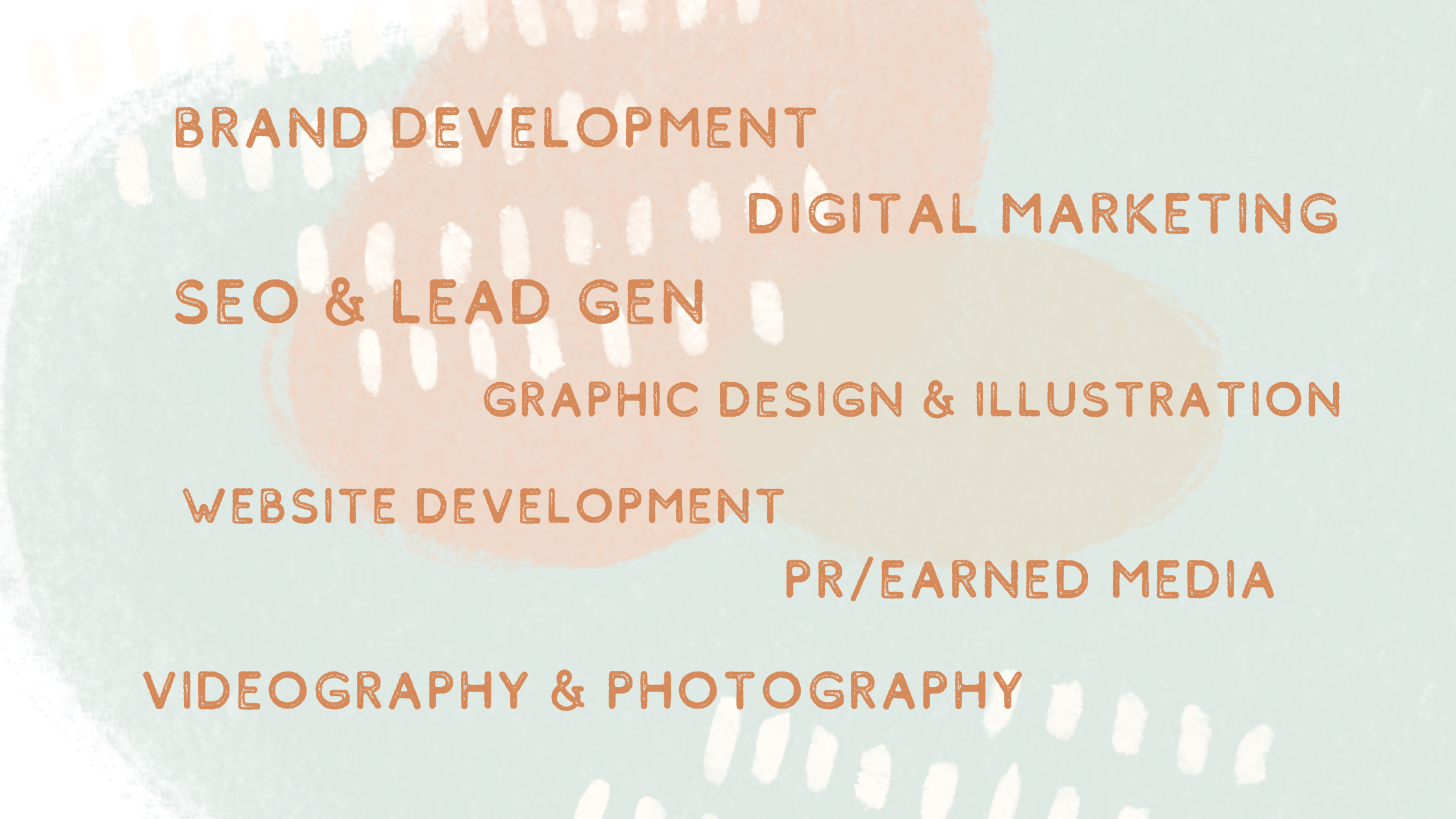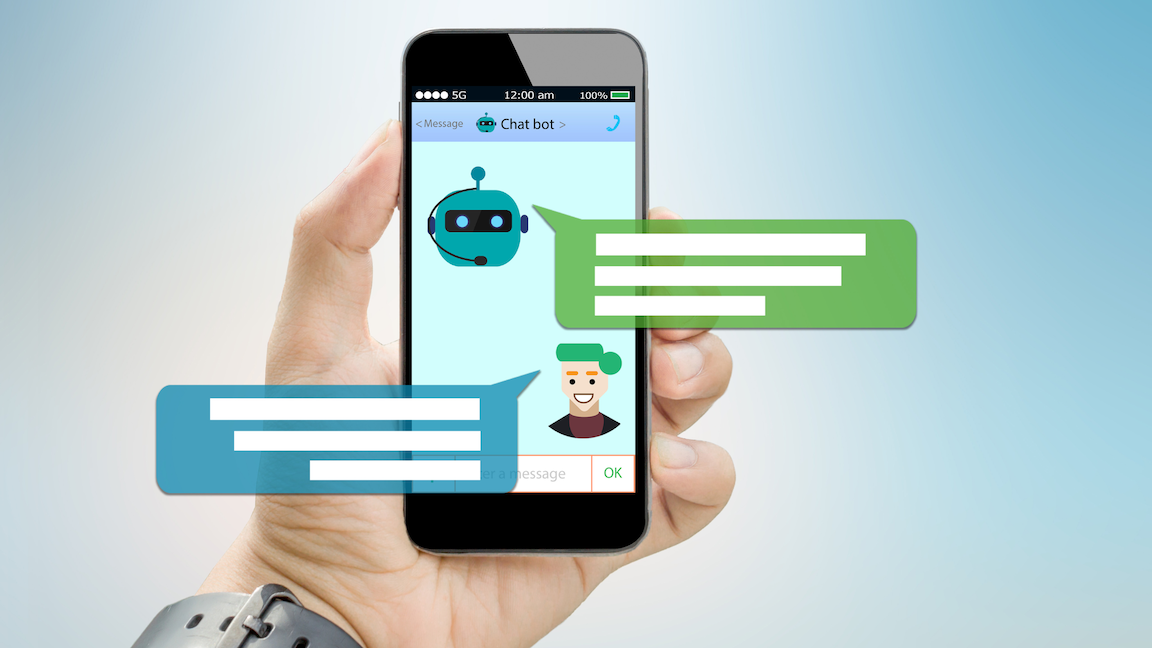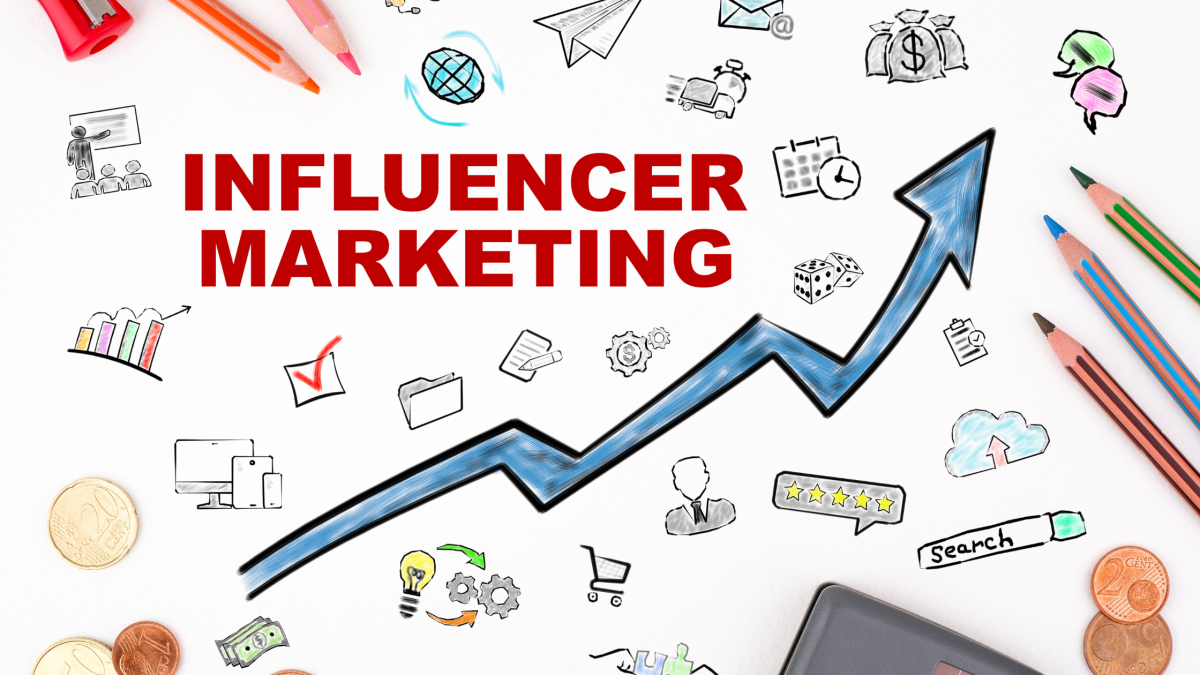National Intern Day provides us the opportunity to celebrate 14 years of interns. Pickett & Associates has been fortunate over the years to work with amazing young professionals who have gone on to equally amazing careers. We wanted to take a minute to recognize those who have served as P&A interns throughout the years … and let you know where they are now!
Samantha (Foley) Wodecki, MBA, served as one of our earliest interns. The IU communications major came to us as the daughter of client who thought it

would be beneficial for his daughter to witness “her major in action.” I don’t know about that … while she did, indeed, help with several clients, admittedly, she also helped us get established in our Carmel office along with White Hot Marketing (and Margaret Osborn). Well, we had fun. Today she is director of annual giving at Butler University.
Another communications major (from IU-Kokomo) among the “early interns,” Kelsi Hayes, MBA helped keep us organized and provided social media support as well as monthly reporting tasks for P&A. Today she is in Retail Strategy for National Brand Operation.
Jylian (Vigar) Riches was a student at Butler assigned to “cover” client Carmel Clay Parks & Recreation for her community reporting class. Her aptitude for solid writing caught our attention and we scooped her up to serve as one of our CCPR interns that summer. Her first post-graduate job was with the Indiana Bicentennial Commission and her work was noted as worthy of a “Sagamore of the Wabash.” She later took on a full-time roll with Carmel Parks & Rec, eventually becoming their marketing manager. She recently took a position at IU Health as a communications consultant.
After reading about a Lawrence Central High School senior being named, “High School Journalist of the Year,” I reached out to the reporter who wrote the piece to see if she’d pass my information on to the young lady. I was certain this quality of writer would not be available to a small agency during the “normal” intern window, and I wanted to grab that opportunity early. I was delighted when Carly Lanich reached out to learn more. She worked for us for two summers and on breaks as possible and then, of course, bigger things with internships at the Indianapolis Business Journal among others. Carley currently serves as a reporter for Mirror Indy based in South Bend.
 When three members of the award-winning Ball State University Speech Team were sidelined during COVID in 2020, we benefitted greatly from their skills. Abigail VanMeter, Amelia Brewer and Natalie Och were a trifecta in social savvy, communication skills and work ethic. (Hat tip to Abigail’s “Aunt Sheryl” aka P&A account manager Sheryl Rodgers who was kind enough to mentor and manage them as they were right down the street, all three spending the summer with her brother.) Today Abigail is a podcaster, Amelia is coordinator of marketing and communications for Children’s TherAplay, and Natalie serves as an account manager for Evergreen Strategic Communications.
When three members of the award-winning Ball State University Speech Team were sidelined during COVID in 2020, we benefitted greatly from their skills. Abigail VanMeter, Amelia Brewer and Natalie Och were a trifecta in social savvy, communication skills and work ethic. (Hat tip to Abigail’s “Aunt Sheryl” aka P&A account manager Sheryl Rodgers who was kind enough to mentor and manage them as they were right down the street, all three spending the summer with her brother.) Today Abigail is a podcaster, Amelia is coordinator of marketing and communications for Children’s TherAplay, and Natalie serves as an account manager for Evergreen Strategic Communications.
We’re sold on “the Butler Way” when it comes to interns … we’ve had some tremendous ones over time who have gone on to amazing careers. Erin Mast assisted us with the fall ’21 season for the Indianapolis Symphony Orchestra and is now a senior analyst at Capactiy Interactive. Alexis Wallman, Emily Degnan and Molly Healy were our “feet on the ground” for social media for 2021’s Symphony on the Prairie season among other account work. Today Alexis is a digital strategist at CVR, Emily a Senior Account Executive at Branded Public Relations in Chicago and Molly serves as an assistant account executive for The Motion Agency in Chicago. 
And, now we come to our current intern, Jack Lear. For the last year, Jack has assisted us with producing reels and gathering photography for clients including Greenfield Community. In the interest of transparency, his mom is Jenny Lear, our former account manager who went on to lead the marketing department at client Hancock Health. Jack will be attending Franklin College in the fall and playing football for the Franklin  Grizzlies. He’s torn between multimedia journalism or graphic design as majors, so stay tuned!
Grizzlies. He’s torn between multimedia journalism or graphic design as majors, so stay tuned!










